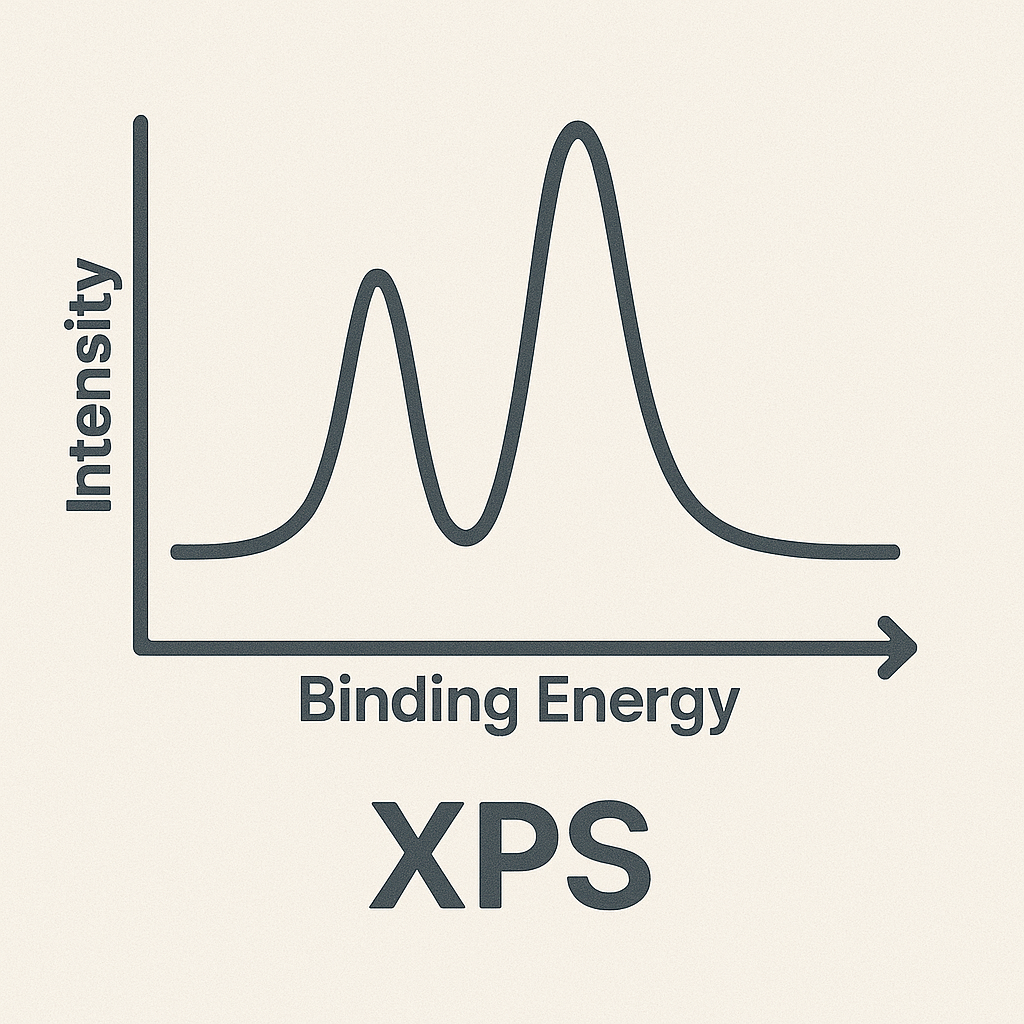Description
X-ray Photoelectron Spectroscopy (XPS) is a surface-sensitive technique that provides detailed information about the elemental composition and chemical states of materials. XPS detects photoelectrons emitted from a material’s surface when irradiated with X-rays, allowing analysis of surface chemistry.
Why It Matters:
Surface chemistry often controls material performance, including corrosion resistance, catalytic activity, and adhesion. XPS helps identify oxidation states, chemical bonding, and elemental distribution at the nanoscale.
Applications:
-
Analysis of thin films, coatings, and surface modifications.
-
Study of catalysts and functionalized nanoparticles.
-
Investigation of corrosion layers, oxidation, and contamination.
In the XPS method, the analysis and interpretation of chemical elements are done by identifying the binding energy spectra of photoelectrons emitted by X-rays. The spectrum shape of this method is represented as a curve obtained by connecting points that indicate intensity versus binding energy. Each binding energy peak is represented by the symbol of an element and the orbital symbol from which the photoelectron has been emitted. The positions of the element peaks in the XPS spectra are sensitive to their chemical positions (chemical bonding with other elements). As a result, it allows for the analysis and interpretation of additional information for chemical analysis. The identification of peaks and the interpretation of results in XPS analysis are complex. There may be the presence of Auger electrons, or peak shifts can occur due to chemical states. The analyses and interpretations are as follows:
- Determining the types of elements and bonds in the sample
- Investigating chemical interactions in the structure
- Resolving the peaks of the diffraction pattern
- Plotting graphs


Reviews
There are no reviews yet.